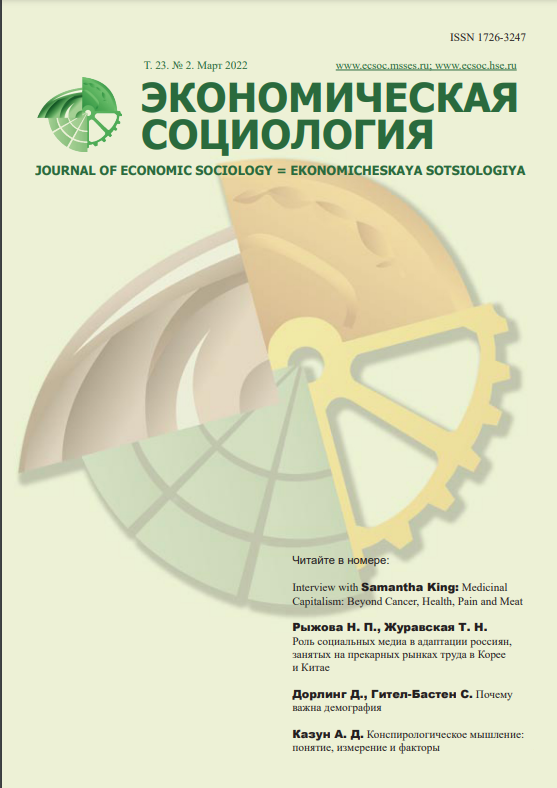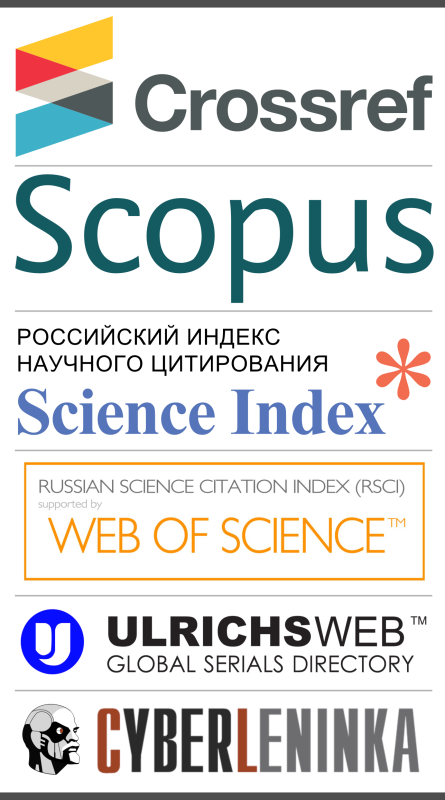“3D-model” of the Russian Economy
Book Review: Dolgopyatova T. G., Akindinova N. V., Simachev Y. V., Yakovlev A. A. (eds) (2021) Otvet rossiyskogo biznesa na pandemiyu COVID-19 (na primere shesti otraslevykh keysov) [The Russian Business Response on the COVID-19 Pandemic (On the Base of six Branch Cases)], Moscow: HSE Publishing House (in Russian)
Abstract
The review considers the results of a study implemented in 2020—early 2021, and reflected in the presented collective monograph. It is shown that the applied approach (macroeconomic analysis in combination with the mezzo-level analysis of each of the industries and at the level of individual firms) enabled showing an ambiguous reaction to the pandemic of different companies and the new risks and opportunities associated with it in six sectors of the Russian economy, and in the global context of the development of the relevant sectors in the world economy. In particular, the trends of the previous development, as well as the situation in the first period of the pandemic and after the initial recovery, as well as possible trajectories of further development in retail trade, IT, the tourism sector, pharmaceutical production, automotive industry and the chemical industry are considered. The resulting picture allows us to better understand both the opportunities and limitations of further development, as well as the challenges and possible junctions the Russian state policy is facing. In the book they are presented as follows: (1) the further increase in the already high internal and interregional divergence (regarding the technological development, productivity, profitability, etc.) in sectors with vertical coordination; (2) the further digitalization, which in sectors with developed horizontal ties will entail updating business models and formats; (3) the increased role of intangible assets of companies (knowledge, skills), growing competition both within and between industries for human capital; (4) health, safety, nutrition, and entertainment will become the core drivers of the economy.
In conclusion, critical remarks are formulated: underestimation of the specifics of the pandemic as an extraeconomic shock, in comparison with typical economic crises (and models for overcoming them); the need to analyze the general trends in the global and Russian economies in the context of the downward wave of the current long economic cycle; compositional difficulties of the monograph.













